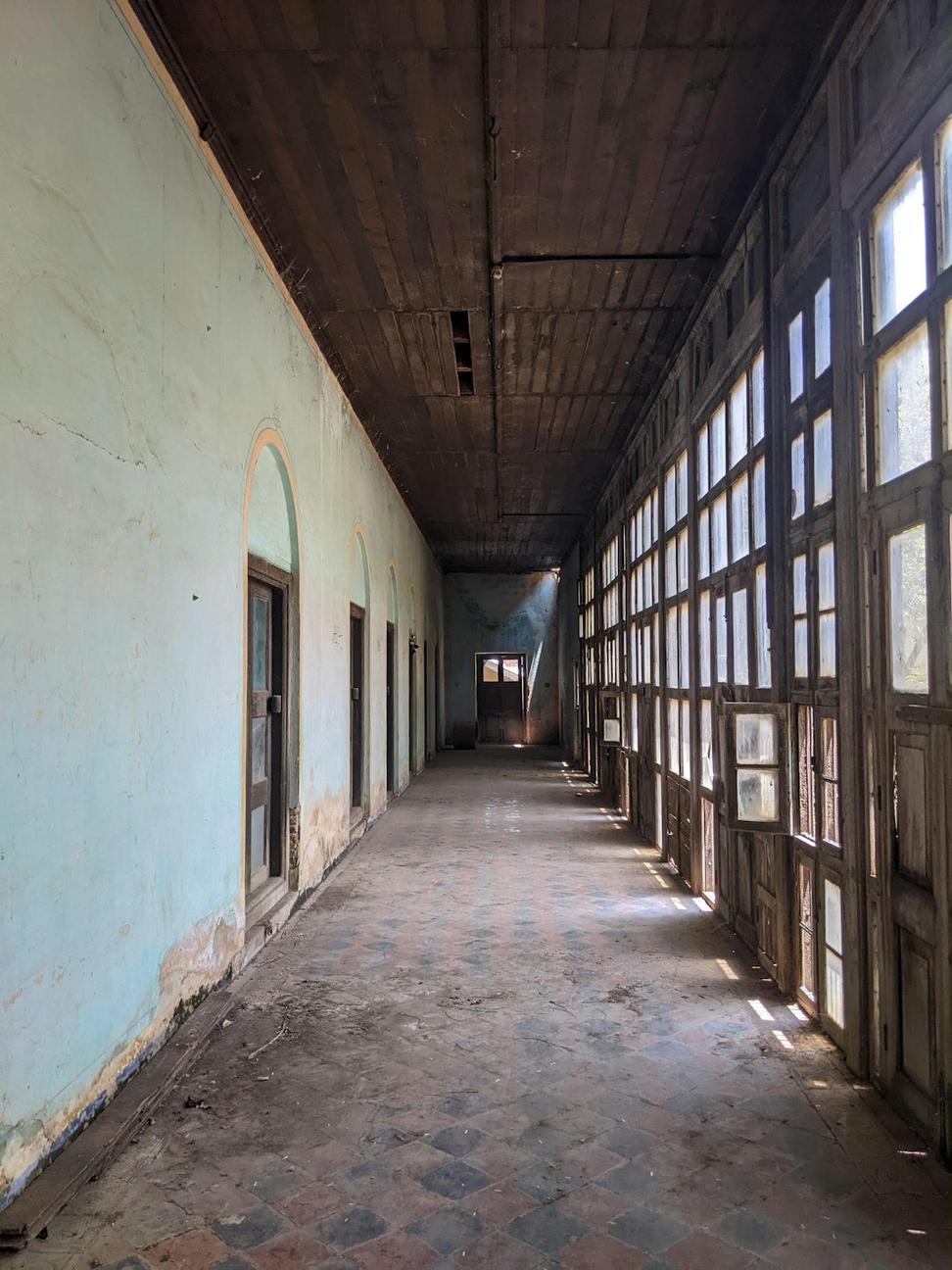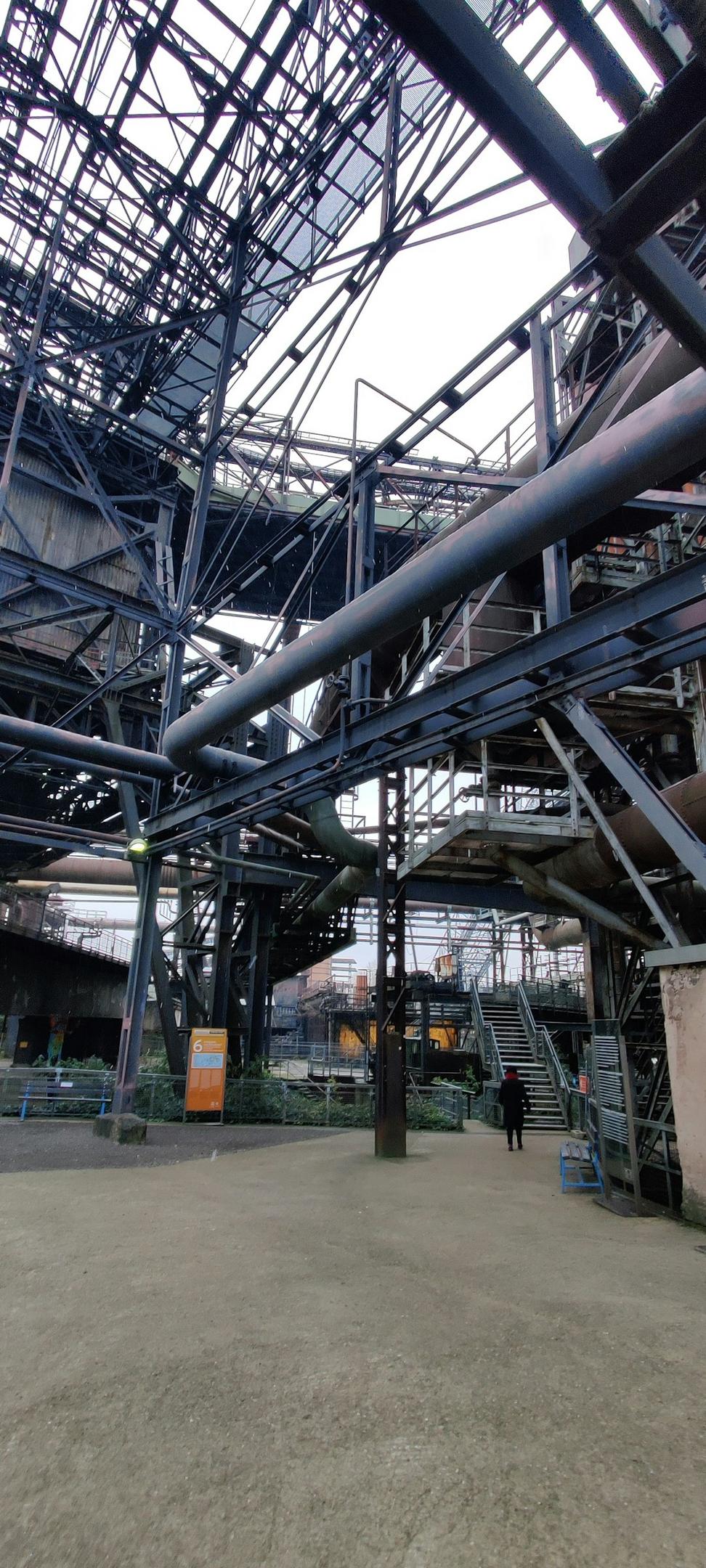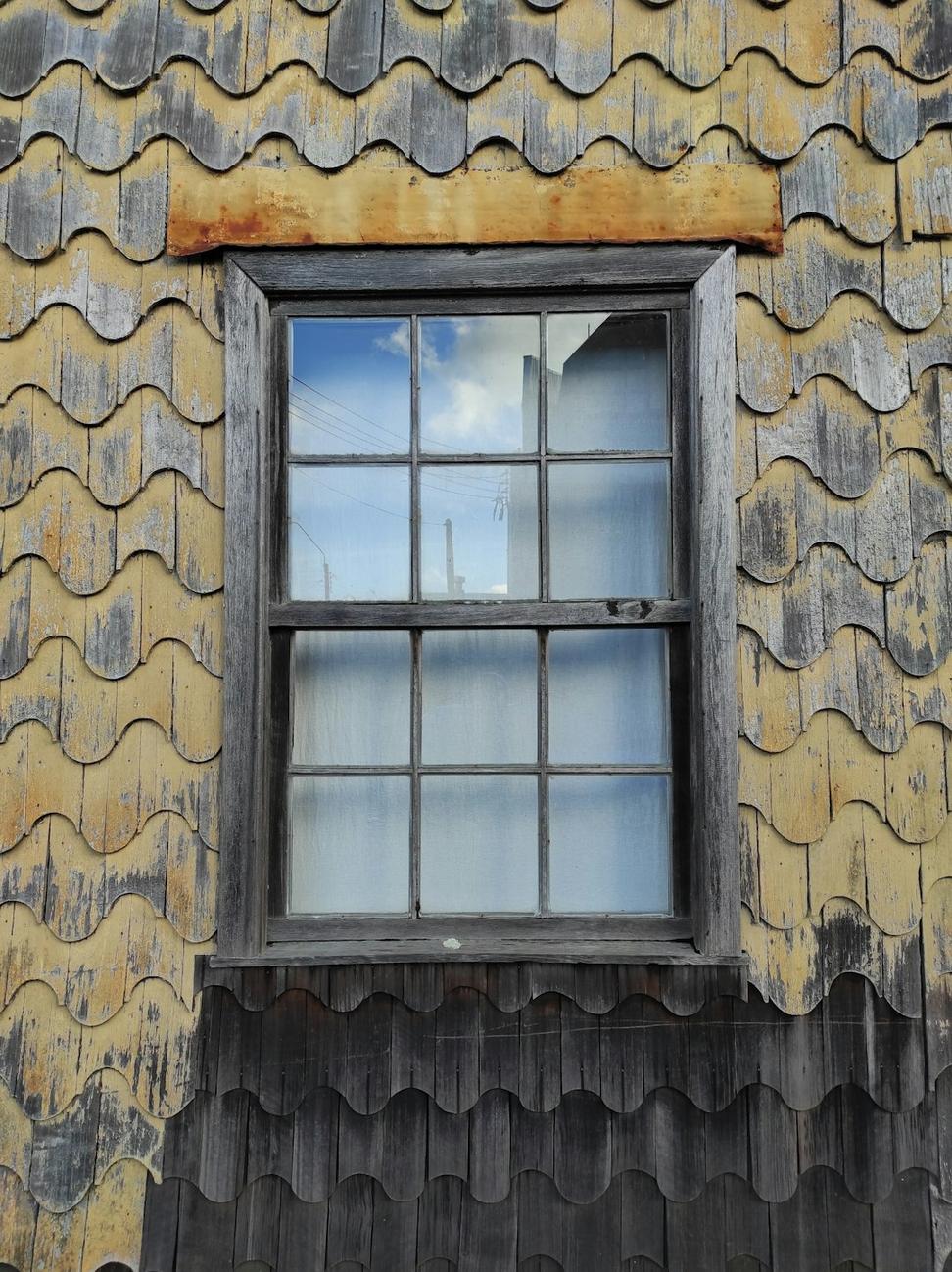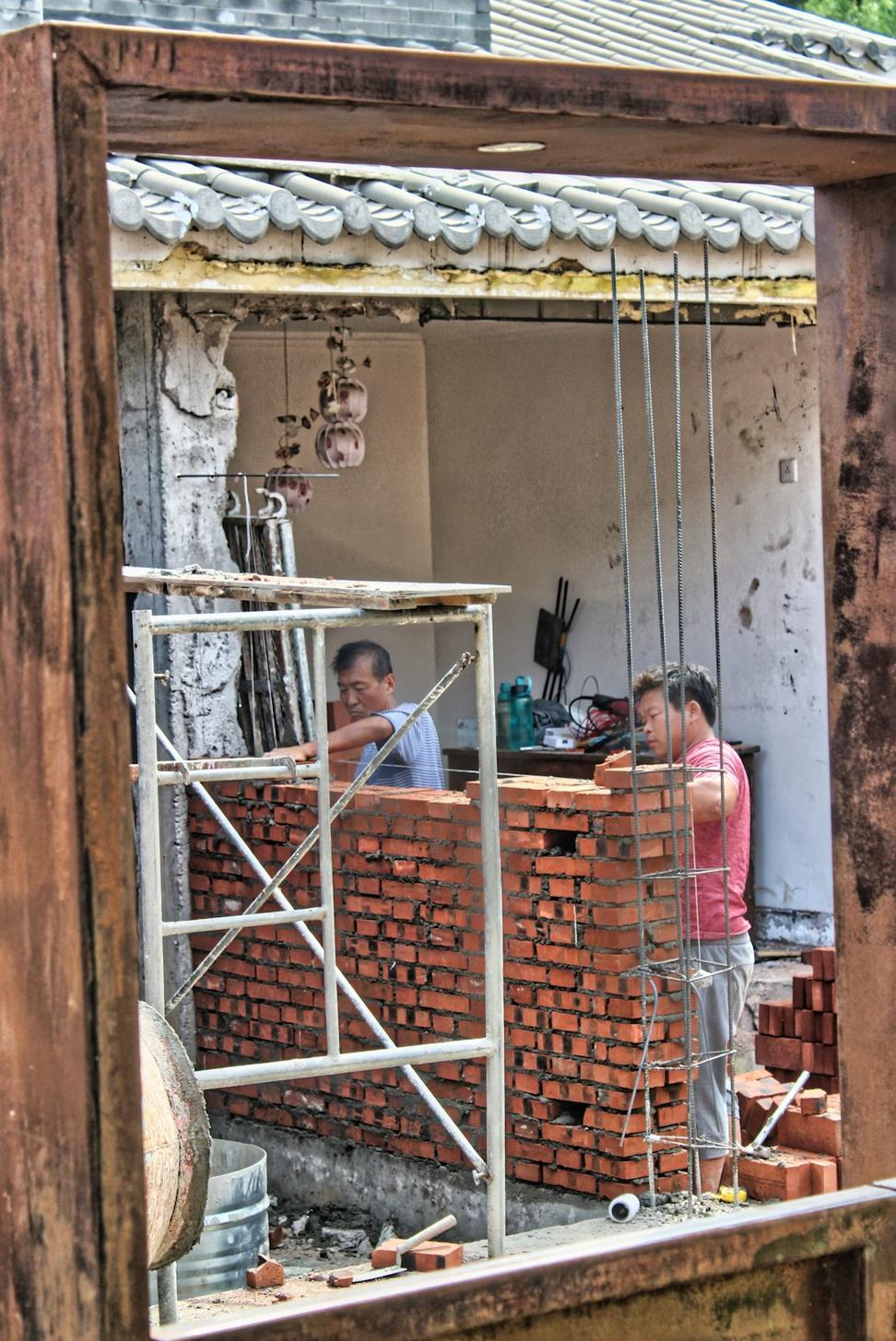
The Distillery District Maltworks
This one was personal. A 1897 malting house sitting empty for 30+ years, and everyone wanted to tear it down. We spent months just documenting the original ironwork - every rivet, every beam had a story.
The Challenge:
The building's foundation was compromised from years of water damage, and the original steel trusses were corroding from the inside out. Plus, the heritage committee wanted us to preserve elements that, frankly, weren't safe anymore.
Our Approach:
We didn't just restore it - we reinforced the original structure with hidden steel supports that you'd never spot unless you knew where to look. Kept 87% of the original facade intact, including those gorgeous arched windows. The interior? Transformed it into mixed-use space while exposing all that beautiful structural steelwork.
18
Months87%
Original Materials1897
Built
Port Lands Foundry Complex
Three interconnected buildings from 1912 that used to pour steel for the railway industry. When we first walked through, there were still old molds scattered around. Gave me goosebumps, not gonna lie.
Historical Context:
This foundry produced components for Canadian Pacific Railway for over 60 years. The main casting floor alone is 12,000 sq ft of pure industrial history. We found workers' signatures carved into beams from 1923.
Preservation Methods:
We used laser scanning to map every structural element before touching anything. The overhead crane system? Still works after we restored it - now it's a design feature. Kept the original brick walls, patched where needed with salvaged brick from the same era. The steel columns got treated with a special rust-stabilizing compound that actually preserves the patina.
Heritage Toronto Recognition Award 2024
Now houses 45 creative industry studios

Junction Textile Mill Revival
Currently elbow-deep in this one. A 1920s textile mill that's been sitting vacant since the 80s. The owner wanted to gut it completely - we convinced them otherwise, and honestly, I'm glad we did.
What We're Dealing With:
Four stories of saw-tooth roof construction (super rare in Toronto), original wood flooring that's surprisingly solid, and these massive timber beams that were shipped from BC over 100 years ago. Also dealing with asbestos abatement, but that's par for the course with buildings this age.
The Plan:
We're converting it into live-work lofts while maintaining the industrial character. Those saw-tooth roofs? They're gonna flood the space with natural light. We're keeping the original freight elevator - just upgrading it to code. The old loading docks are becoming covered outdoor spaces. Should wrap up by fall 2025 if all goes well.
